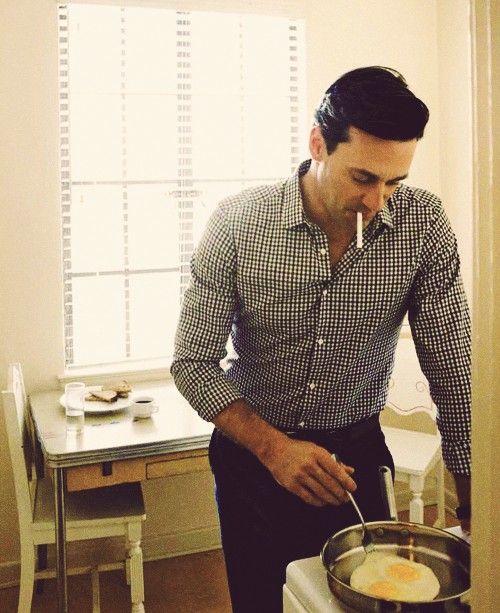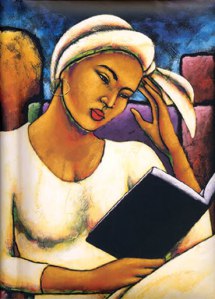Sunday Buffalo, New York experienced one of the worst attacks of racist violence in years. In the hours after the shooting all of our channels fill up with the usual scripts and snippets we drag out every time a catastrophe like this unfolds. It is hard to make sense of what can be done when the narrative pulls us first to gun control, then mental illness, neither of which leaves us with any response to racism itself. What should—what can we do?
The Buffalo massacre is not an isolated event, but part of a trend of white extremist violence that has been growing in recent years. It is important to think about the implications of racist violence and what action we need to take to address it. If we exchange cookie-cutter narratives for critical thinking about the complexity of the situation we can work to transform meaninglessness and lack of control into understanding and agency. It can help us find our own sphere of influence to eradicate racism and respond with something other than thoughts and prayers.
The shooter is 18, male, and white. He is alternately described as a boy and a man. The distinction matters. Calling him a boy brings to mind lowered accountability for his actions: think about little scripts like boys will be boys, youthful indiscretion, and childhood innocence. When we call him a boy, these mitigating concepts attach to this terrorist. When someone is called a man, like Mike Brown was when he was killed by former police officer Darren Wilson, the narrative shifts—act like a man, man up, it’s a man’s world. A man acts with power and intention, while a boy can be forgiven for acting out.
The shooter had been referred for a mental health evaluation following a threat of school violence last year. Mental health can be a mitigating factor in legal defenses, but does it actually tell us why this happened? The vast majority of people with mental health issues are not violent. Being racist may be a moral diagnosis, but it is not a mental health diagnosis. Implying racial terror is caused by the mentally ill further stigmatizes those struggling with mental health.
Referencing his mental health also sets us up to think he may have limited culpability. Blaming his disordered thinking suggests this mass killing is an aberration instead of making connections to numerous racially motivated terror attacks—Atlanta spas, Tree of Life, Charlottesville…
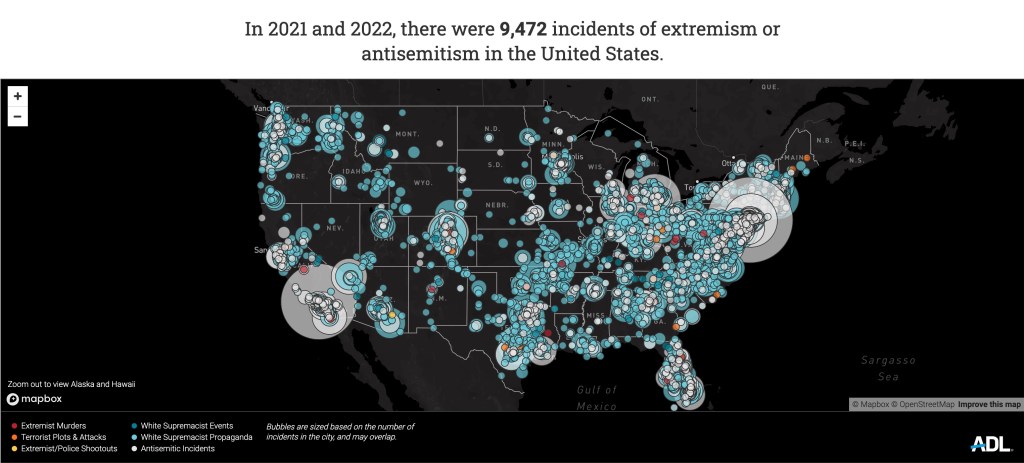
What we do know for sure is that he held racist beliefs and actively advocated for violence against black people. Sometimes we think of racists as simply misinformed, or ignorant, as if they would believe something else if only they knew they were wrong. But he chose. His intention was to kill black people. He told anyone that would listen via the power of social media. That is racist, full stop.
The connections we have to others help to feed us, stoke our inclination to act or not, and create —in his case literally—an audience, something that we know mass killers crave. We know he live-streamed the attack—what clique did he find that shared his ideas and was willing to watch a massacre on a gaming platform? Were the people around him calling him on his bullshit or gassing him up with their own racism, normalizing hatred of Black people?
If there were connections in his life that tried to stop this attack, the coming days will fill in the details. When he planned to shoot the school, who was responsible for a follow-up? Was there anyone in his life to slow his radicalization?
Traditional media narratives report on a lone wolf, someone legally not fully responsible, an outsider, or deviant. But the shooter was not alone—he is connected to many people, from family to friends to teachers and trolls. Too often with racism, white people may be uncomfortable confronting peers, friends, and family members, leaving the space for radicalization to go unchecked.
Gun laws are notably one area where institutional intervention—from the government and the private sector—is possible and could make a difference. But they haven’t. Gun-rights lobbyists and the government work hand in hand to thwart the will of the people who overwhelmingly support sensible gun control. More recently, activity to outlaw antiracism in education seeks to undermine educational institutions’ ability to reach or affect an individual like the shooter, and the legal system, we know, is racist (if you don’t, you need some CRT—but you won’t get that in school).
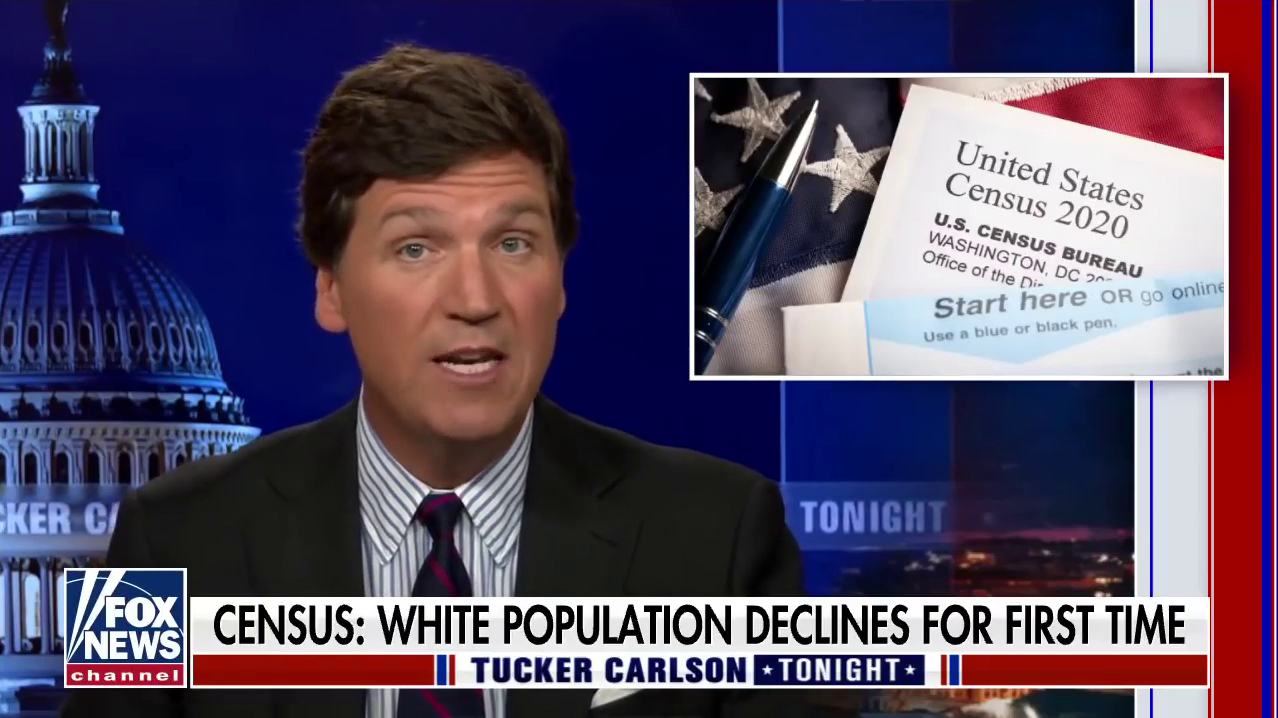
And then there’s the media, including Fox News—the number one most watched cable news network in the country—and the internet, a warren of dark rabbit holes. Created by people with their own biases, media platforms are not neutral purveyors of ideas but megaphones for the misanthropic with algorithms written to accelerate the most incendiary ideas. Social media companies profit from accelerating radicalization—hot takes and extreme content get all the clicks. Companies bet on it.
We are creatures that exist within culture, and the ideologies espoused by those in power give shape and direction to that culture and the individuals, interpersonal relationships, and institutions within it. The United States is guided by white supremacy: this is not hyperbole but history. White Supremacy as an ideology has at its center the control and destruction of black bodies. When the shooter ended the lives of 10 people this Sunday, he was not acting apart from white supremacy but as the living embodiment of it.
White supremacy has always advocated violence both inside and outside the law: slavery, the rise of the Klan, Jim Crow and lynching, State resistance to civil rights activism, and police violence. Since 9/11 the majority of attacks against Americans on U.S. soil have been perpetrated by White Supremacists, including the January 6 Insurrection. They are not lone wolves, but cells in a vast network of attackers, radicalized by right-wing media, and supported—vocally—by some politicians, law enforcement, and others with power.

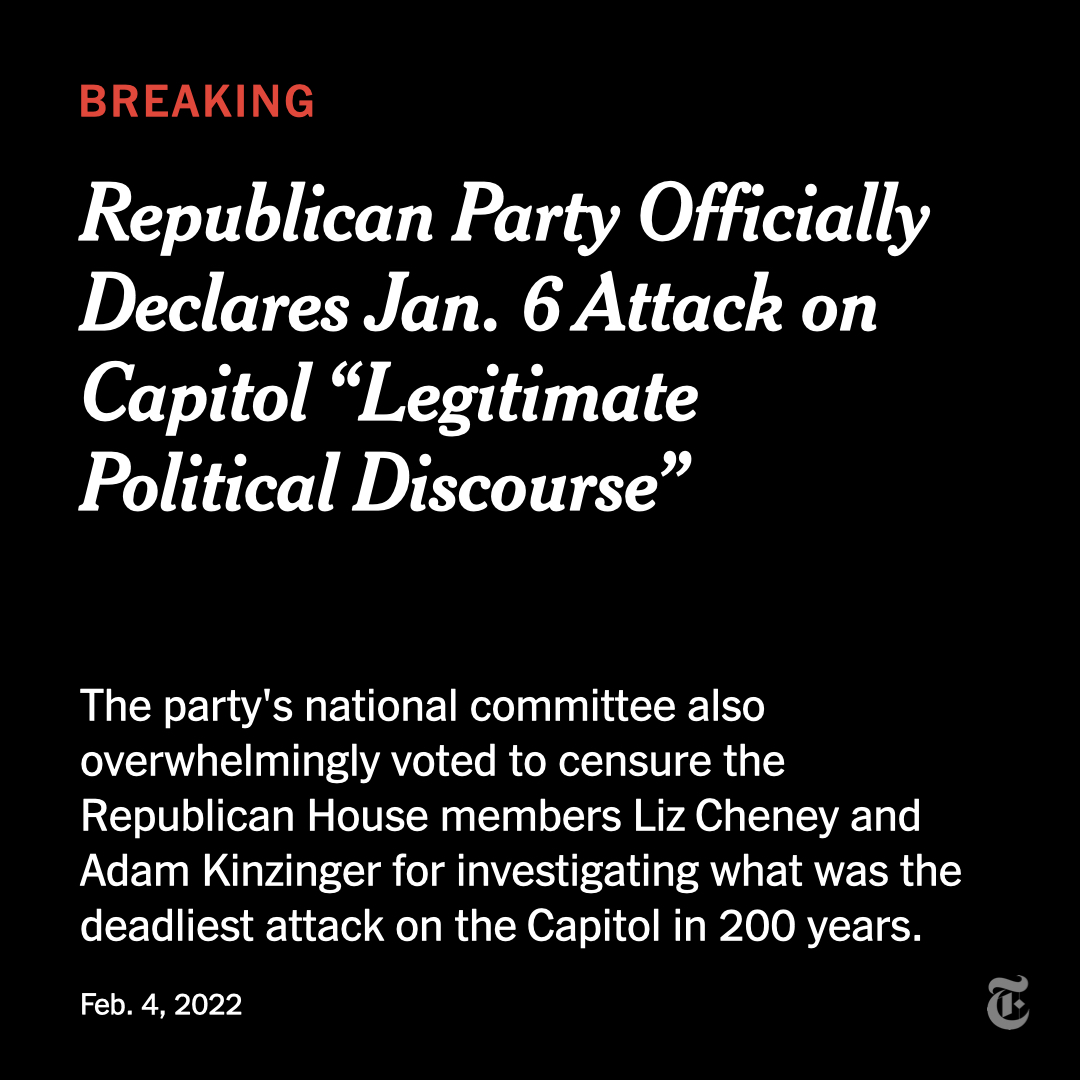
White Supremacy is the ideology that connects all these attacks—it is the idea that birthed this country, and, if we do not intervene, will be the death of this country. Attacks on voting rights, the erosion of civil liberties to crack down on the Black Live Matter Movement, the militarization of the police, and greenlighting of economic inequality are things that hurt everyone in this country. These are a few of the myriad ways that White Supremacy contributes to a shitty quality of life and dreams deferred in the US.
After the murder of George Floyd, there were many commitments, but comfort and ennui crept into the nation, turning—again—away from supporting and securing Black lives. Like a weed, pulling the occasional leaf won’t alleviate your problem.
Racism is prevalent and growing—it lives in the racist beliefs people hold and trade, and it is proliferating in social networks in the real and digital worlds of family, and friends, and remains codified in our institutions, all guided by the ideologies that shape the culture and the people in it.
We must attack all the places where racism flourishes. Heal and decolonize your mind and body. Talk about what matters: hold the people around you accountable for their behaviors and beliefs vocally and often. Whatever institutions you are a part of—be it company, school, organization, or church—use your power there to actively embed equitable policies and practices, even when there is discomfort or resistance.
While White Supremacy stalks our communities none of us are safe, so we all need to find space to build a better country. If you are a shaper of culture, you have added responsibility—C suite-ers, academics, politicians, and power players, stop slow-walking the change we need. You must battle with the tools you have against the root of White Supremacy. Calling all content creators, teachers, and activists. Tell us the truth, show us the path to liberation and help us dream into reality a better future.
Let let our actions hasten the future our thoughts and prayers cannot.



/posttv-thumbnails-prod.s3.amazonaws.com/10-02-2018/t_73c2dc9a7e5e40009a563df7023c4f38_name_20181002_wemple_obsessed.jpg)




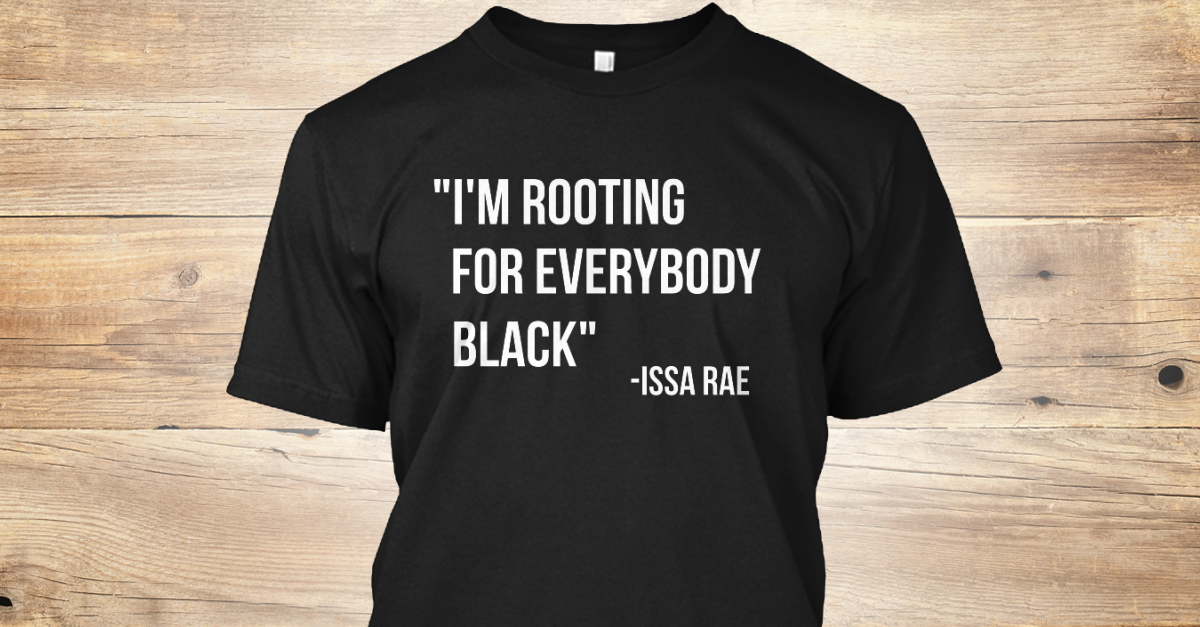










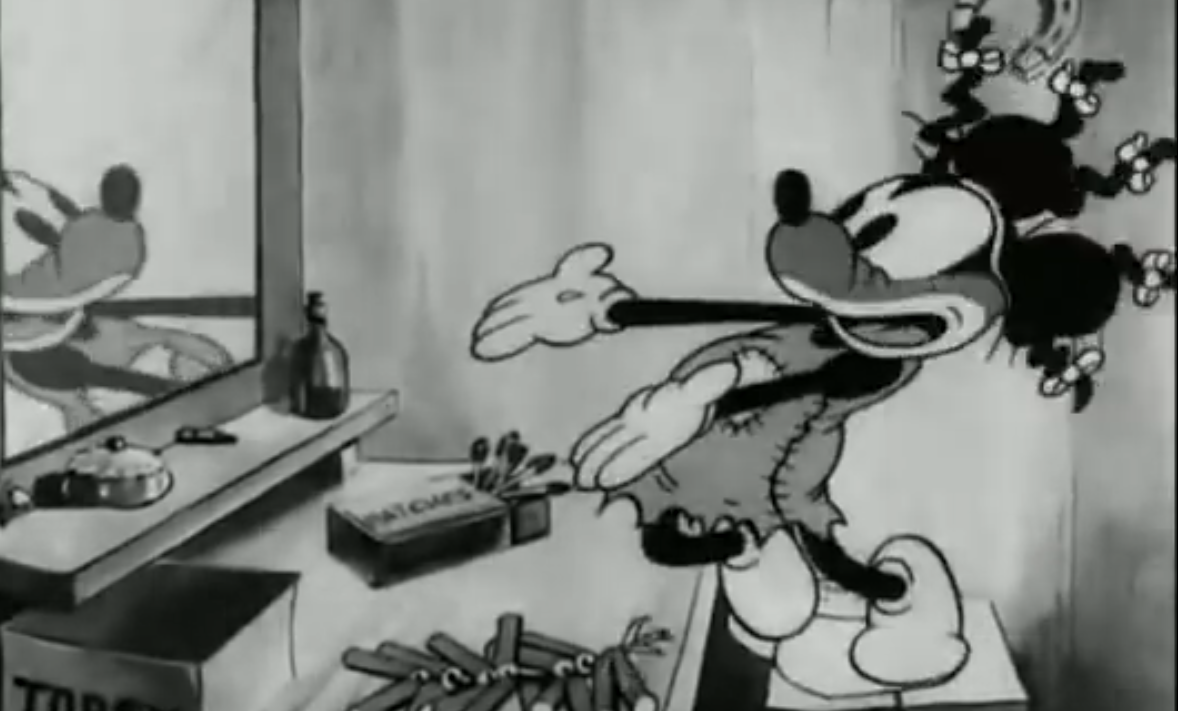







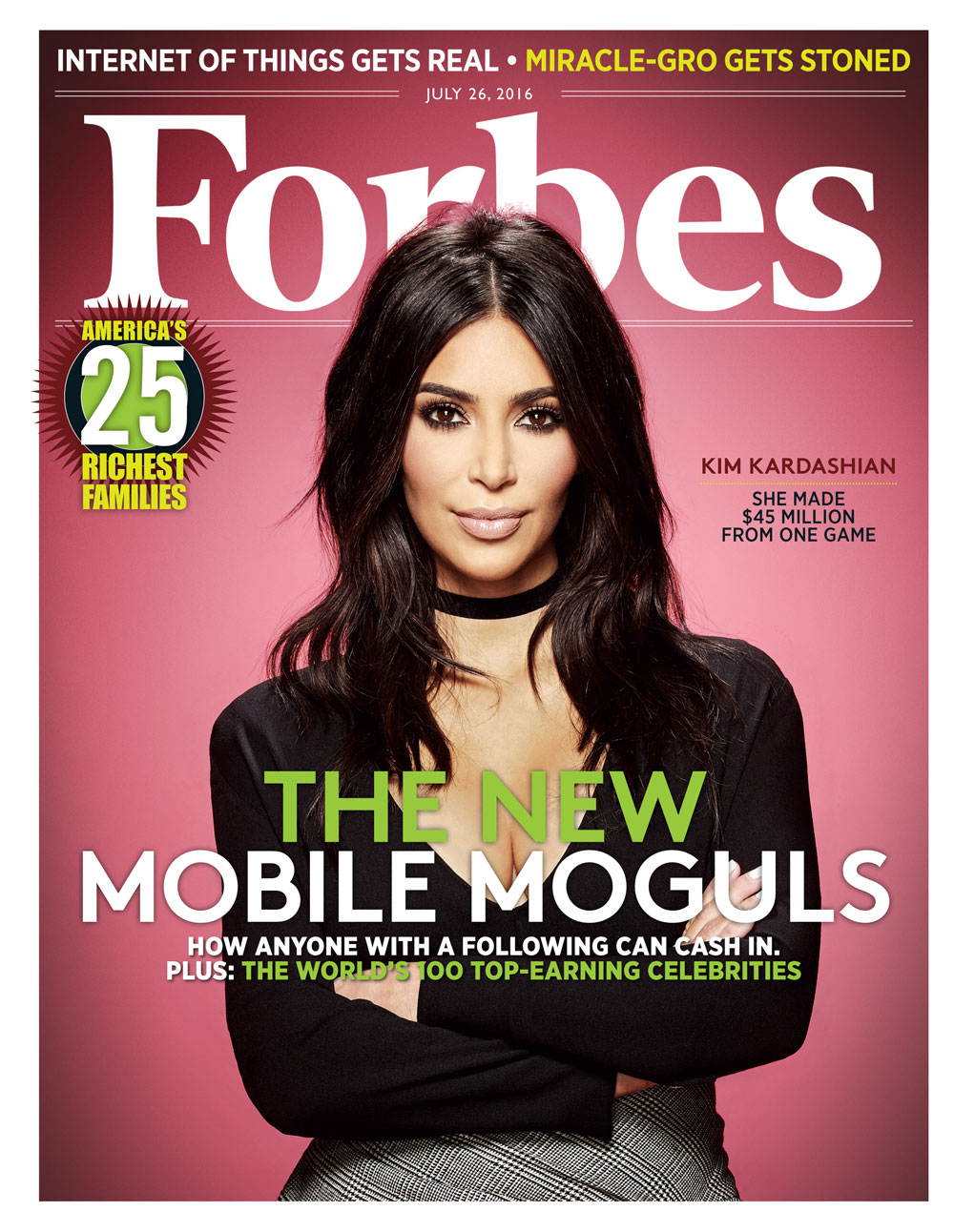










 You’ll notice that Turner isn’t talking about how important or amazing individuals are. He’s talking about getting people to fill the space that we have for fame—who is the it girl actress of the day, who’s everybody’s favorite hero or villain, who it the bad boy of the moment: these are all roles in our media culture.
You’ll notice that Turner isn’t talking about how important or amazing individuals are. He’s talking about getting people to fill the space that we have for fame—who is the it girl actress of the day, who’s everybody’s favorite hero or villain, who it the bad boy of the moment: these are all roles in our media culture.

















